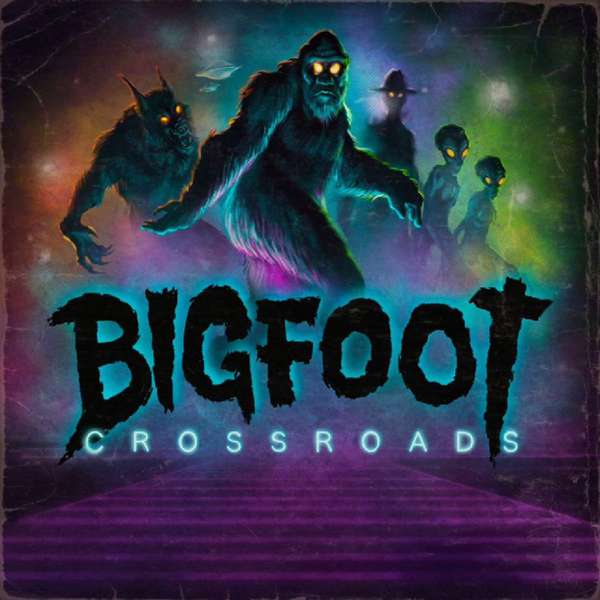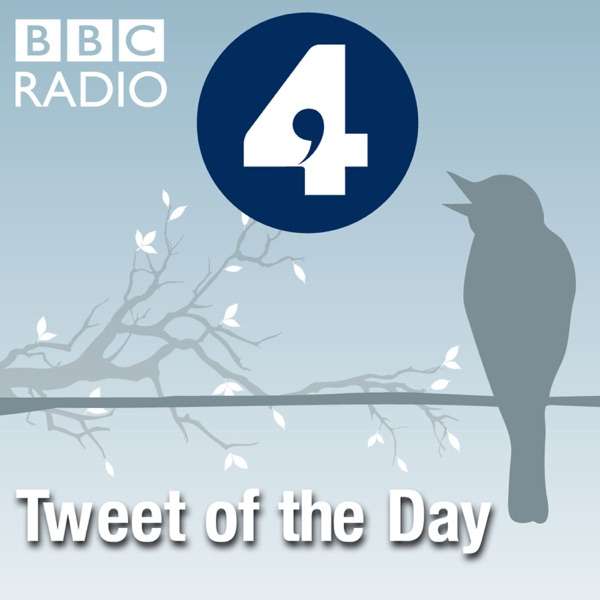No music, no voices, just imagine you’re camping beside a creek in early spring.
Listening Notes from Ann:
It was the first hot day of Spring on Wadawurrung Country west of Melbourne. Out of bed before the sun, I walked through the bush listening to the last of the nocturnal sounds, and found a place on a ridgeline overlooking a creek.
There are hundreds of large trees with lots of hollows all scattered across the steep slope down to the creek and I set the recorders out just as the dawn chorus begins in earnest. There is the smallest of overlap between the boobooks calling as they settled to sleep, and the magpies and kookaburras leading the dawn chorus with their greetings to the sun (and territorial threatening screams of course).
There are so, so many species in this recording – too many to list entirely!
00:00:16 The boobook calls. Listen for a second boobook, who calls at 00:00:48, with a slightly different pitch. In the middle of the night, you can hear the boobooks call right along the creek.
00:01:00 Raucous and loud – a family of kookaburras laughs in chorus. They’re communicating with each other and their neighbouring rivals that they’re awake, and fit, and ready to defend their territory today.
00:07:50 Hear a kangaroo stomping and rustling in the grass and sticks probably heading down the hill to find a cosy spot in the lomandra to sleep for the day.
00:10:20 It’s as if they all knew it was going to be a clear, warm day – everyone is singing and calling this morning. What a cacophony!
00:21:40 Sulphur Crested Cockatoos rarely go anywhere without announcing themselves.
00:23:48 The penetrating, rapid fire pipe of the white throated tree creeper repeats itself. These birds possess special feet that enable them to spend their life bouncing up tree trunks searching for insects, rather than grasping onto horizontal branches.
00:26:50 The sound of several pardalotes can be heard throughout the recording with their repetitive stutter note – dik-dik… dik-dik. There are both striated and spotted pardalotes in this recording and there are several nests in the area in tiny little hollows in the trees as well as miniscule little burrows dug into the sides of the track and creek.
00:37:30 Ravens. It’s notoriously difficult to tell the difference between raven species between calls, and I’ve seen both Australasian Ravens and Little Ravens at this spot. But, I do think these are little ravens, because there are so so so many of them. They’re all up and down the creek line communicating with each other with varying intensity and little ravens have a tendency to gather like this.
00:39:20 This is a Shining bronze cuckoo a small bird that looks like it has a slightly spiky hair do and wears a stripey t shirt. Even though it’s wings are sort of iridescent, moving from olive green to eggplant purple, this small bird is inconspicuous and stays hidden in trees searching for caterpillars, sex and someone else’s nest to lay in.
00:42:45 The Australian Magpie’s ability to sing that many notes at once will always astound me. In this part of Australia, the magpies are white backed magpies and even though they’ve got babies in the area, they’ve not been swoopy.
00:44:00 In these ten seconds I can hear: little raven, two types of pardalotes, red wattlebird, grey shrike thrush and a baby magpie, common eastern froglets and there’s also a bird that has a descending whistle that I can’t quite place.
00:45:02 here is a baby magpie annoying its parents for food. They’re almost ALWAYS hungry.
00:45:20 A mix of long-billed corellas and sulphur crested cockatoos in this group. There are several really big old holey trees here and I think some of them have several nesting hollows in each.
00:46:45 Extremely high-pitched melodic call of the grey fantail, darting about waggling it’s tail and scowling.
00:47:45 The repeated single note of the Eastern Spinebill, which has a long skinny downward turned beak especially for getting delicious liquid from flowers. They dart about everywhere making wing flurries and generally being high on sugar as far as I can tell.
00:50:20 The Grey Shrike thrush is calling – these birds are possibly one of the most common mystery sounds’ we get sent over at Off Track. They look as though they’re a bird drawing in grey scale, with the smoothest looking plumage and a little hook on the end of the beak. They sing like angels from hiding places, and can sometimes put on a real performance.
00:52:12 Magpie parents have the patience of a million kindergarten teachers combined.
00:54:20 Mixed in with the gorgeous magpie calling there are grey shrike thrush, rosella flight calls, Olive backed orioles, cockatoos, ravens, pardalotes, froglets. And, at 00:54:04 I *think* one of the magpies flies away – you can hear its wings in the air.
00:56:30 Rosella calls – could be crimson or eastern – though crimson are more likely in the area. And over the next minute they start bell calling to each other… which is lovely, except for that cockie making spewing screams over the top of everything.
00:58:55 Is that a brown thornbill?
01:05:20 As the parent gets closer the baby magpie’s calls change?
01:05:20 I haven’t worked out what those low grunts are – some are rhythmic, some are longer. Is it a kookaburra with a sore throat? A baby kookaburra complaining about its accommodation? A possum being angry at a cockatoo? If you have an idea leave a comment!
01:12:20 The call of a Pallid cuckoo is like a slowly ascending set of peeps. This is one of those birds which lays its eggs in the nest of another species and leaves them to bring up the kids.
00:18:15 A rufous whistler calling out amongst the din – listen for relatively quick sliding whistles, almost whip-like, that sometimes are repetitive and other times sound like mosh pit madness with many notes thrown together jumping all over the place.
00:19:26 A juvenile raven is getting its breakfast. That’s the sound of the regurgitated food going down its gullet! And, judging by those extremely quiet ticks, someone has landed very close to the microphone and is moving in the tree (my guess is a rosella, they click and crack in trees all day and it’s often this sound that gives them away rather than their calls). AND, this is followed closely by a pied currawong in the distance.
01:20:52 A Superb fairy-wren with an extremely high-pitched call that gets faster like a golf ball circling a hole until it blasts off into manic neighing like the tiniest horse in the world. There’s also, I think, that weird kookaburra calls going on in this patch. I’m not sure.
01:23:21 Hear that kookaburra carrying on?
01:28:30 You can tell that day is well and truly underway and the temperature is rising, because that insect chorus starts pulsating. It also signals the end of the dawn chorus – from boobook to cicada.

 Our TOPPODCAST Picks
Our TOPPODCAST Picks  Stay Connected
Stay Connected







